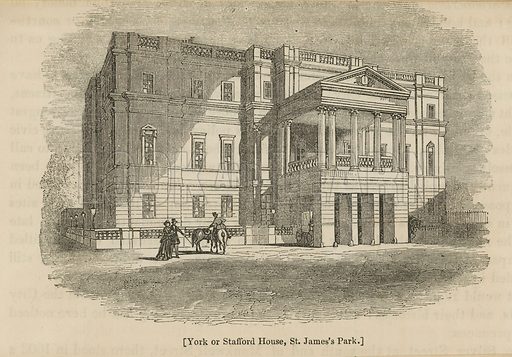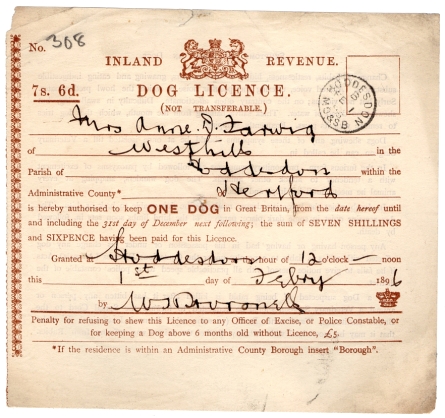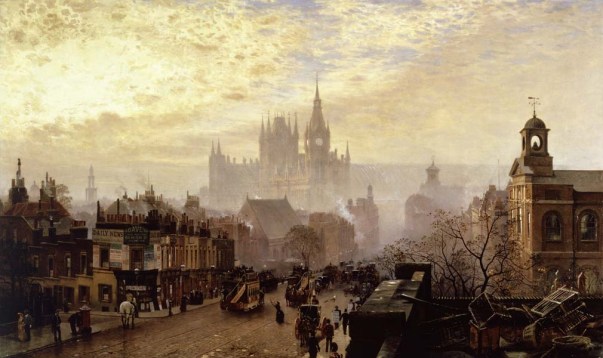
Lloyd’s Weekly newspaper offered its readers (as the title suggests) a way to catch up with all the news, scandal, gossip, and ‘police intelligence’ that had been carried by the dailies in the preceding week. This Sunday paper had a little more time to frame stories or to carry features than the time limited Daily News or Morning Post did.
It was a very popular newspaper, selling over 1m copies on one day in February 1896, more than its closest rivals the News of the World and Reynold’s Newspaper. It lasted until the 1920s but didn’t survive the financial crisis at the end of that decade.
At the end of June 1889 Lloyds carried a full page of reports from the Metropolitan Police courts, ranging from a case of tea merchant obtaining credit by false pretenses to a valet that stole two gold sovereign coins. By the late 1880s the method of court reporting was well established and the typology of crime and social issues (such as poverty, unemployment, suicide) were very familiar to readers. Individual cases were routinely given a headline (such as ‘Strange Case’ or ‘An Unfortunate Visit to London’), which was not always the case earlier in the century.
Two in particular caught my eye this morning, an attempted suicide in the City and the stabbing of a woman in Deptford. The Deptford case involved was heard at Greenwich Police court but the accused – James Collins – was a resident of Whitechapel. Collins, a 68 year-old wood carver had previously cohabited with Emma Edwards in rooms at 17 Dorset Street, Spitalfields.
Dorset Street was an address that was all too familiar to readers who had been following the news story of 1888. The desperate poverty of Dorset (or ‘dosset’) Street had been highlighted after the brutally mutilated body of Mary Kelly was discovered in a room there in November 1888. Many researchers believe that Kelly was the final victim of the killer known only as ‘Jack the Ripper’, but other (myself included) beg to differ.
Emma Edwards told the magistrate at Greenwich (a Mr Kennedy) that she was walking along Griffin Street in Deptford when she saw her former lover in the street. She noticed ‘the gleam of a knife’ in his hand and suddenly she ‘felt herself stabbed’. She survived and Collins was arrested. In his defense he said it was an accident; he carried knives for his work and she must had fallen against one in his pocket.
The police were able to provide testimony that Collins had threatened Emma on more than one occasion, promising to ‘settle’ her ‘at the first opportunity’. Mr Kennedy sent him to prison for six months for aggravated assault.
The newspaper reports are full of accounts of casual male violence towards women and we should remember this in the context of the ‘Ripper’ murders. However you wish to depict the Whitechapel killings the perpetrator was a misogynistic serial murderer who operated in a society where working class women were placed firmly at the bottom of the social ladder; a reality that enabled him to kill almost without impunity. He was no caped crusader or criminal mastermind, as some versions of the mystery continue to suggest.
At the Mansion House along with the fraudulent tea merchant Sir Andrew Lusk was sitting in for the Lord Mayor. Lusk (no relation I think to the famous ‘Mishter Lusk’ who was sent a piece of human kidney during the Whitechapel murders) served as an MP until 1885 and was Lord Mayor in 1874/5. He was quite old in 1889, being in his late 70s.
By contrast Florence Ross was a young woman with her life ahead of her. An actress or dancer in the music hall, Ross was living with her sister in 1889 while she went through a period of ‘rest’. Whether that ‘rest’ implied she was ill, had fallen pregnant, or was simply unemployed, is not made clear from the report but I think we might speculate.
Florence Ross was rescued from a fountain in Middle Temple gardens where she had tried to drown herself. A policeman saw her rush to the water and jump in and so acted quickly to pull her out. The gardens are close by the Embankment and what is now Temple underground station.

Whatever the reality she was lucky and survived but attempted suicide was an offence and so she was placed in the dock at Mansion House to answer for it. She said little or nothing by way of explanation but the magistrate decided to see what ways the court could find to help her. He remanded her for a week while enquiries were made. The Illustrated Police News later included its artist’s impression of her attempt in its 6 July edition. Sadly no paper seems to have recorded the outcome of those enquiries. Florence’s was one story amongst many, one human tragedy in a city which was witnesses to countless acts of violence, desperation, and cruelty each and every day, only a handful of which made the pages of the metropolitan press.
[from Lloyd’s Weekly Newspaper, Sunday, June 30, 1889; The Illustrated Police News, Saturday, July 6, 1889]
Drew’s new book (co-authored by Andy Wise) is published by Amberley Books. It is a new study of the Whitechapel murders of 1888 which offers up a new suspect, links the ‘Jack the Ripper’ killings to the unsolved ‘Thames Torso’ crimes, and provides the reader with important contextual history of Victorian London. The book is available on Amazon here







